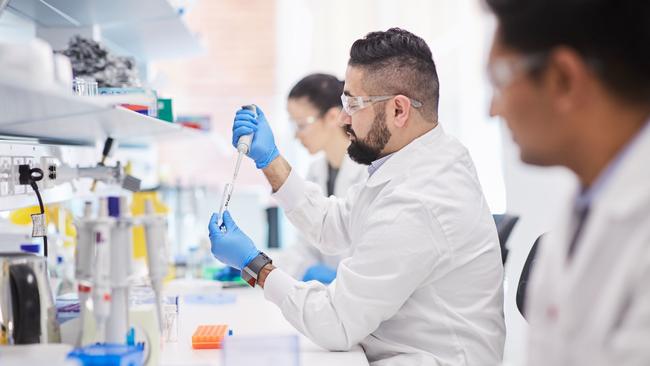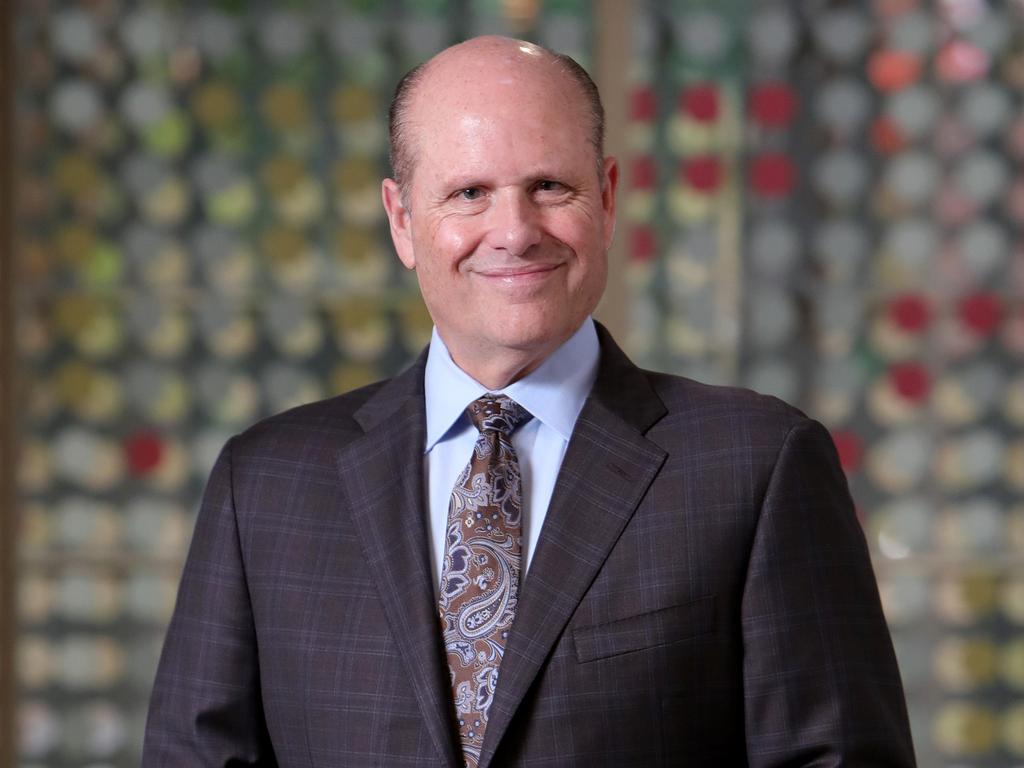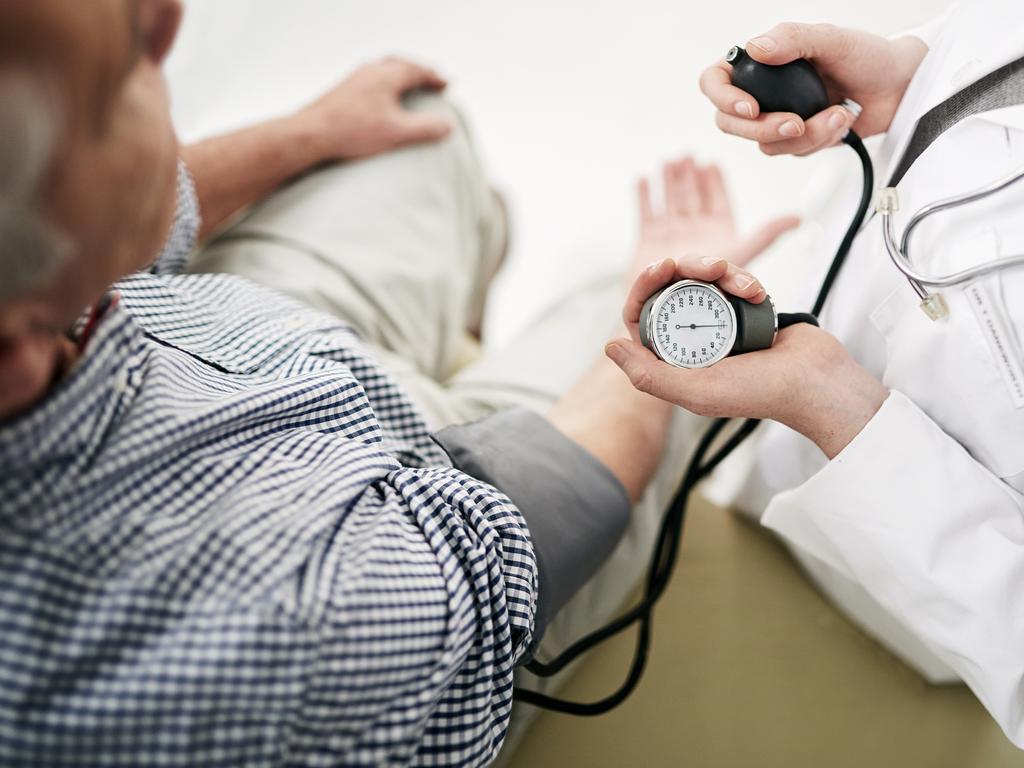
Back in 2000, then chief executive Brian McNamee, who was recovering from cancer, flew to Switzerland against medical advice to buy ZLB from the Swiss Red Cross. In doing so he set CSL on the path to becoming a global company. That was the start of an amazing growth phase which is set to continue for many years.
The second growth phase involves a new heart drug, so is still only potential. But that potential is mind blowing. Its origins go back eight years to 2012 when, in Brian McNamee’s last year in office, CSL went full steam ahead on an amazing medical discovery known as “CSL112”.
Ironically back in 2000 the original research that led to CSL112 was buried in the Swiss research laboratories of ZLB. The Swiss scientists had discovered that a blood plasma molecule that was being discarded in current processing had unique properties when combined with other substances. It looked to be worth investigating.
In the years that followed, CSL112 research was never dropped but occasionally deferred in favour of other priorities.
Then in 2018, six years after full scale research started and 18 years after the ZLB acquisition, McNamee’s successor Paul Perreault decided to embark on the biggest global drug testing program ever attempted by an Australian company, and one of the largest ever attempted in the world. It would cover more than 17,000 patients from about 1,000 medical centres in 40 countries. The outlay would exceed $US500m.
CSL112 is a heart attack drug and if it works it will transform global heart attack treatment and make CSL one of the world’s biggest drug companies, and almost certainly the largest company in Australia.
When people have heart attacks, they often survive the first one, but die as the result of a second or third attack. It is believed that cholesterol plaque is a major cause of these secondary heart attacks.
“CSL112” is claimed to rapidly reduce the cholesterol plaque.
The $US500m test will determine whether reducing the plaque quickly greatly reduces the incidence of secondary heart attack, but it will not be completed until 2022.
Cardiovascular disease (CVD) is the leading cause of death globally. Every year in Australia, an estimated 54,000 people are hospitalised as a result of a heart attack. Nearly one in five survivors of a serious heart attack will experience what is called “a recurrent cardiovascular event”, which carries a high death risk.
If CSL112 does slash those secondary heart attacks it will generate billions in revenue for CSL, because there is no other rival product being researched.
In the latest half year Perreault lifted CSL’s research and development expenditure by 16 per cent to $446m, mainly as a result of the test.
The words Perreault used to describe the progress of the test are brief but important: “CSL112 Phase III study (AEGIS-II) progressing well with >7000 patients recruited”
That means there are another 10,000 to recruit. CSL shareholders must wait until 2022 for the outcome. It’s been a long road, but that’s the drug game.
CSL shareholders must also wait to see if the CSL China reorganisation works once coronavirus is under control.
CSL is transitioning to a new direct distribution model which saw overall albumin sales decrease 33 per cent, which was expected.
Perreault says the China transition is progressing well and will improve CSL’s participation in the value chain and enable it to work directly with clinicians. Sales are expected to return to a more normalised level in 2020-21. Longer term CSL sees China as a huge growth opportunity.
But the source of CSL’s wealth remains the 3 million plus Americans who supplement their incomes by selling their plasma to CSL and its rivals.
CSL has substantially expanded its number of centres to underpin world growth. An American averaging just one visit a week can generate an income of $US2000 a year tax free. There is extensive medical testing on each visit.
About one quarter of CSL providers are unemployed, but CSL has a growing number of middle class providers, students and military people.
In Australia we do not allow people to sell their plasma, but instead have an extensive blood donor system organised by the Red Cross. The plasma is extracted but cannot satisfy the local demand, so CSL imports some of its plasma from the US for Australians. Most other countries do the same thing.
And the potential magic of CSL112 is that no further collection is required because the drug is based on a plasma molecule that is currently discarded.








Now that CSL shares are selling above $300 the market is anticipating further dramatic growth. Just over ten words buried in the investor presentation hold a key to that growth. But there is a second key: China.